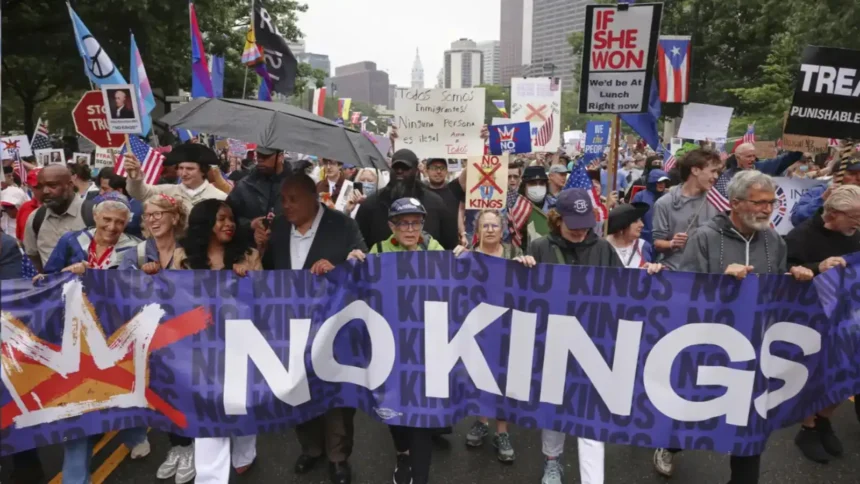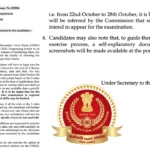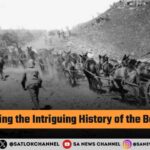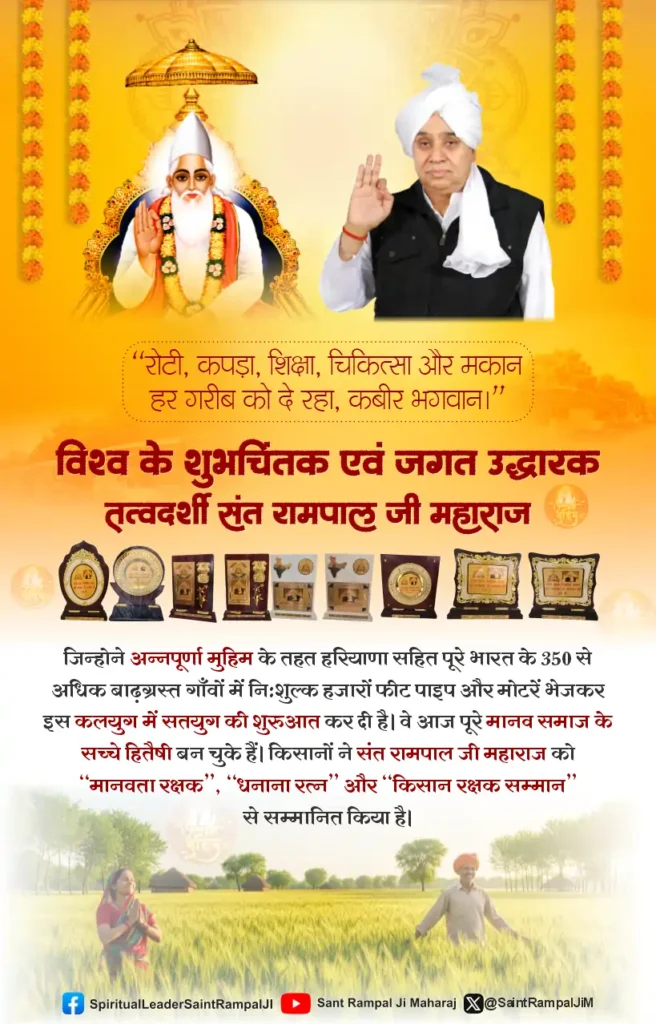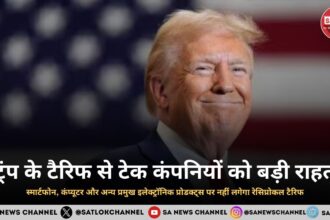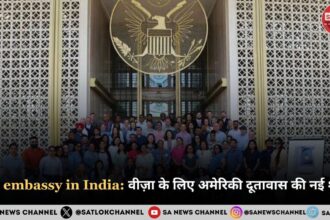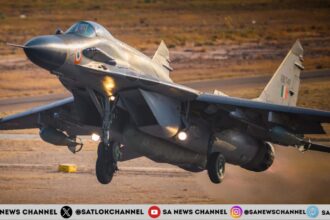No Kings Protest 2025: Over the weekend, a powerful wave of civic action swept across the United States as nearly 7 million Americans joined hands in a nationwide movement called the No Kings protest. With over 2,600 rallies held in cities and towns across all 50 states, this event marked one of the largest peaceful demonstrations in modern American history. People from all walks of life came together to express their concerns about what they see as growing executive overreach under President Donald Trump’s administration.
What Is the No Kings Protest?
The No Kings protest is a grassroots movement that stands for protecting democracy and upholding the U.S. Constitution. The name “No Kings” refers to the founding principle of America—that no one, not even the President, is above the law. Protesters believe that recent actions by the President challenge this idea by bypassing Congress, weakening independent institutions, and using divisive rhetoric.
Why Did So Many People Join?
Participants in the No Kings protest voiced concerns over several key issues:
– Executive Orders that bypass traditional checks and balances
– Appointments that critics say undermine judicial and institutional independence
– Rhetoric that some believe threatens democratic norms and civil liberties
Many protesters carried signs with slogans like “No One Is Above the Constitution” and “We the People Say No to Kings.” The message was clear: democracy must be defended, and power must be kept in check.
A Diverse Coalition of Americans
One of the most striking aspects of the No Kings protest was the diversity of its participants. While progressive groups played a major role in organizing, the movement also attracted:
– Libertarians worried about government overreach
– Moderate conservatives concerned about norm-breaking
– First-time activists motivated by specific policies
– Veterans, religious leaders, and students who see democracy as a shared responsibility
College campuses became major hubs of activity, with young people leading marches and organizing teach-ins. Many students said they felt a duty to protect the democratic values they’ve learned about in school.
Peaceful and Powerful
Despite the massive turnout, the No Kings protest remained peaceful. Organizers worked hard to ensure safety by coordinating with legal observers, providing first aid stations, and sharing guidelines for nonviolent protest. Social media played a big role in spreading information and organizing events, with hashtags like #NoKings and #DefendDemocracy trending worldwide.
A Controversial Response from the President
In a move that shocked many, President Trump responded to the protests by posting an AI-generated video on social media. The video showed fighter jets dropping brown liquid—interpreted by many as fecal matter—onto crowds of demonstrators. The jets were labeled “King Trump,” and the President was shown wearing a crown.
This video sparked outrage across the political spectrum. Critics called it dehumanizing and dangerous, arguing that it mocked peaceful protesters and could encourage hostility. Technology experts warned that using artificial intelligence to create such content raises serious ethical questions. Legal scholars debated whether the video crossed the line into incitement or remained protected speech.
What Experts Are Saying
Constitutional law experts who attended the No Kings protest pointed to specific executive actions they believe stretch the limits of presidential authority. Some traditionally conservative scholars joined progressive voices in warning that unchecked power threatens the balance of government.
Also Read: Leh Ladakh Protest: 4 Killed, Over 50 Injured in Violent Agitation for Statehood
Technology ethics experts also weighed in, saying that AI-generated political content—especially when it depicts violence or humiliation—can be used to manipulate public opinion and intimidate dissenters.
Global Reactions
International media covered the No Kings protest extensively. Some democratic allies praised the American people for standing up for their rights, while others expressed concern about rising political tensions. Authoritarian governments used the protests and the President’s video as propaganda, claiming it showed the failure of Western democracy.
However, democracy advocates argued that the ability to protest peacefully is a sign of strength, not weakness. In countries where dissent is punished, such mass mobilization would be impossible.
Media Coverage and Public Debate
News coverage of the No Kings protest varied widely. Progressive outlets focused on the size of the crowds and the constitutional issues at stake. Conservative media questioned the motives of organizers and downplayed attendance figures. The President’s video became a flashpoint, with some defending it as satire and others condemning it as dangerous.
Fact-checkers worked hard to verify crowd estimates and clarify legal questions. Most confirmed that the protests were peaceful and that the video was digitally manipulated.
What Happens Next?
Organizers of the No Kings protest say this is just the beginning. Plans are underway for:
– Voter registration drives
– Community organizing
– Educational campaigns about democracy and civic rights
They hope to turn this moment into a movement—one that leads to real political change and renewed respect for constitutional principles.
Final Thoughts
The No Kings protest was more than just a weekend event. It was a powerful reminder that democracy depends on active participation. Millions of Americans showed that they care deeply about their country’s future and are willing to stand up for what they believe in.
While the road ahead may be challenging, the message is clear: no one is above the Constitution, and the people will not be silenced. Whether this movement leads to lasting change remains to be seen, but its impact on public discourse and civic engagement is already undeniable.


